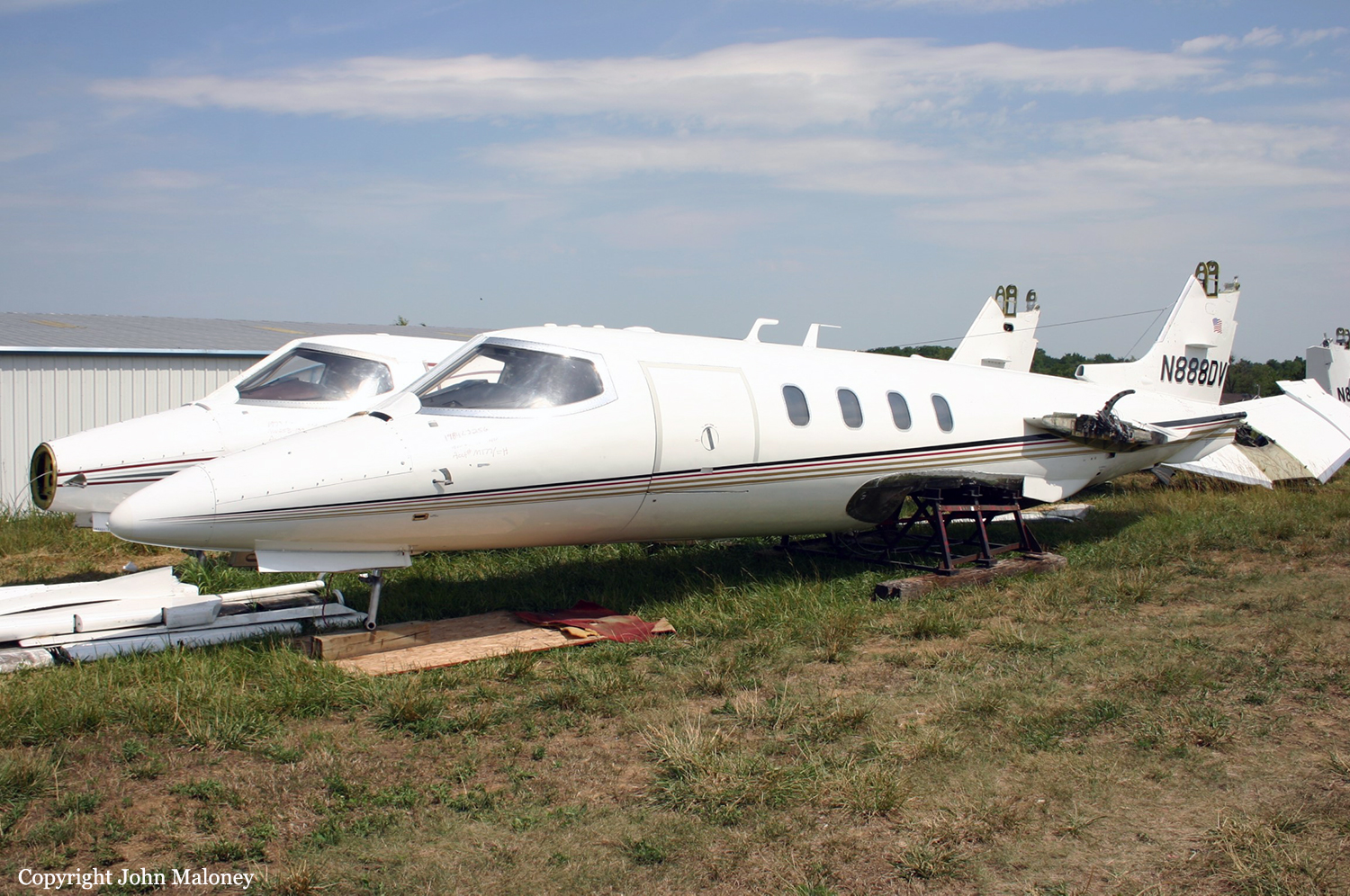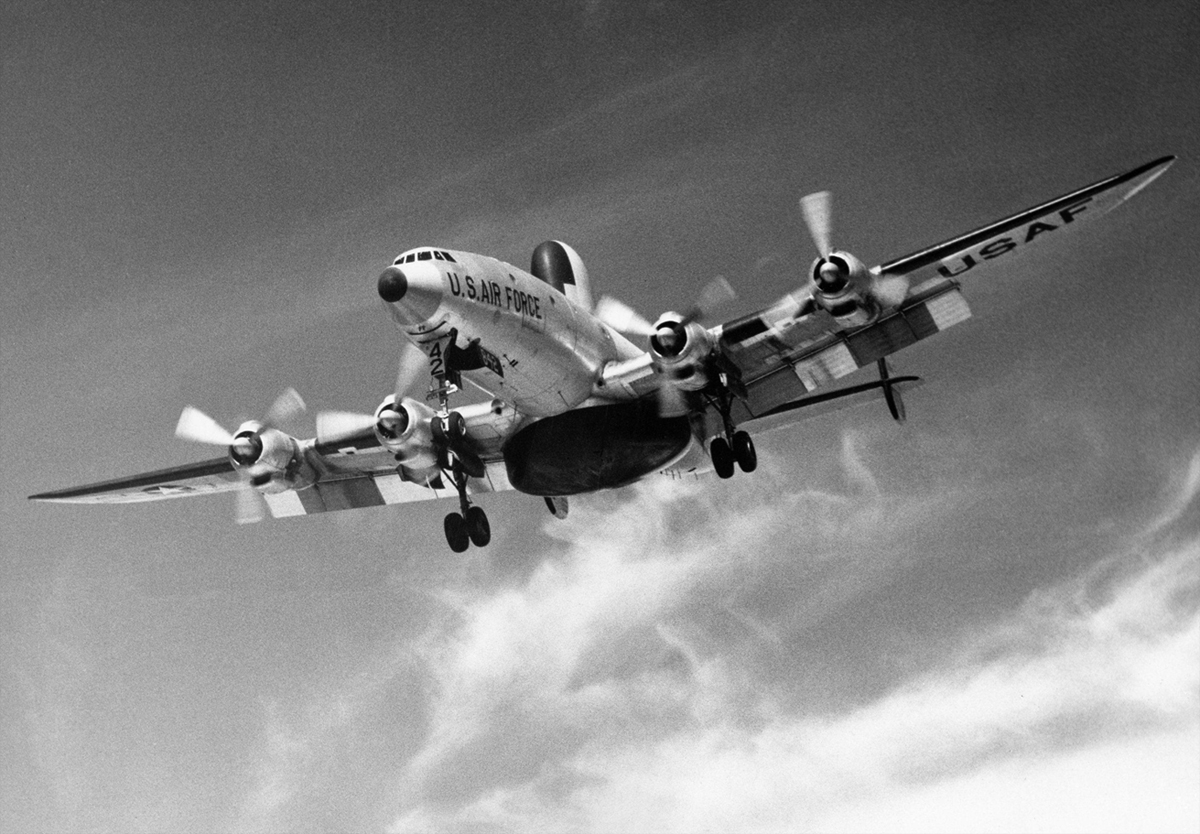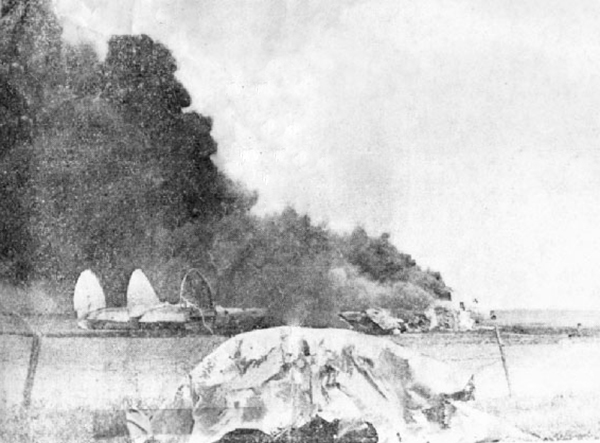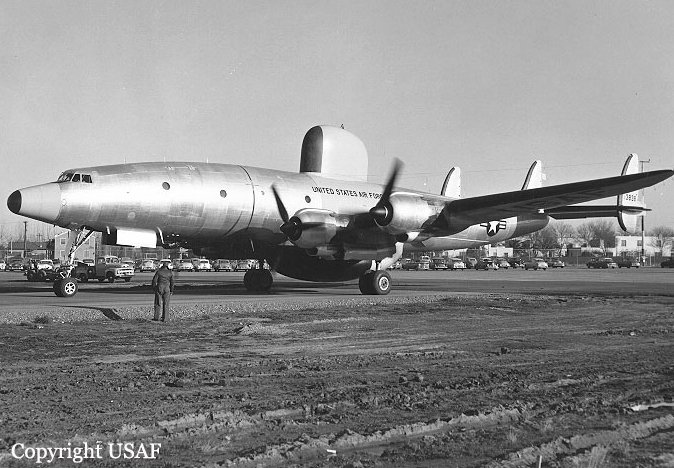Crash of a Lockheed C-130H Hercules off San Clemente Island: 7 killed
Date & Time:
Oct 29, 2009 at 1909 LT
Registration:
1705
Survivors:
No
Schedule:
McClellan AFB - McClellan AFB
MSN:
4993
YOM:
1984
Crew on board:
7
Crew fatalities:
Pax on board:
0
Pax fatalities:
Other fatalities:
Total fatalities:
7
Circumstances:
While performing a SAR mission for a 12 foot boat that was missing since two days, the aircraft collided with a Bell AH-1 Suber Cobra operated by the US Marine Corps. Both machines crashed into the sea some 24 km off the San Clemente Island and all occupants were missing. SAR were abandoned on 01NOV2013 as no trace of the Hercules and the Cobra were found. It appears that the Cobra's crew was taking part of an exercise in an area reserved for training missions. At the time of the accident, the Cobra had its anticollision lights and IFF transponder switched off.
Probable cause:
USAF and US authorities concluded that no single factor or individual act or omission was the cause of the collision. Investigations concluded that it was the consequence of a tragic confluence of events, missed opportunities, and procedure/policy issues in an airspace where most aircraft fly under a "see-and-avoid" regime. A contributory factor was that FACSFAC San Diego did not provide operational priority to the crew of the Lockheed Hercules.









